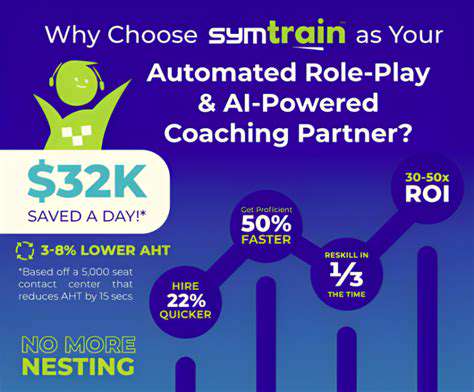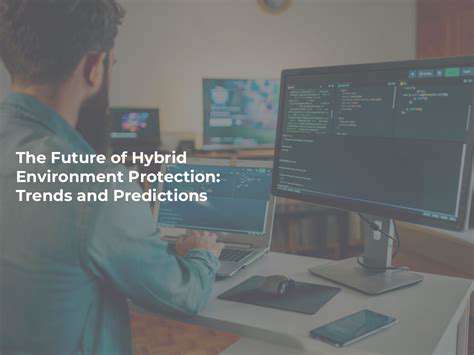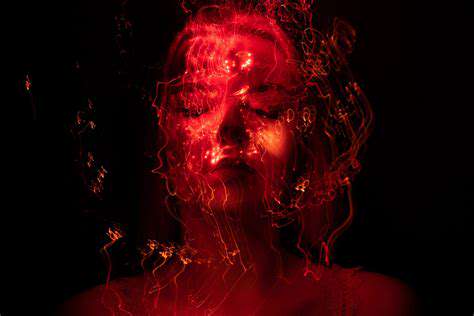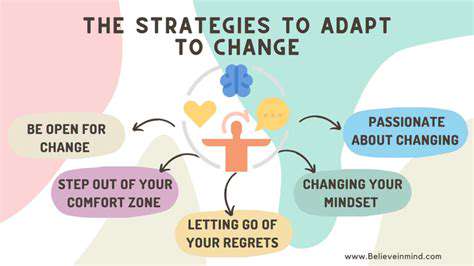AI in Character Movement and Physics Simulation
Introduction to AI-Powered Character Movement
Fundamentals of AI-Powered Movement
The gaming world is witnessing a seismic shift in how virtual characters traverse digital landscapes, thanks to artificial intelligence. Unlike traditional scripted movements, modern AI systems enable characters to analyze complex scenarios and adapt their paths dynamically based on real-time environmental changes. Developers aiming to craft truly immersive experiences must grasp these core principles to elevate their character movement systems beyond basic animations.
At the heart of this revolution lies pathfinding technology. Advanced navigation algorithms don't just plot the shortest route - they evaluate multiple variables like terrain difficulty, potential threats, and even energy expenditure. What makes these systems remarkable is their ability to recalculate paths instantly when obstacles emerge, creating fluid movement that mirrors real-world decision-making.
Predictive Movement Strategies
Contemporary AI goes beyond reactive navigation by anticipating player actions before they occur. Through machine learning, game characters develop behavioral profiles of players, allowing them to position themselves strategically in anticipation of common tactics. This creates thrilling cat-and-mouse gameplay where enemies seem to think ahead rather than follow predictable patterns.
The sophistication extends to internal character states as well. A wounded character might limp toward cover while an enraged enemy could charge recklessly, with the AI adjusting movement physics to reflect these emotional states. Such nuanced behaviors transform flat NPCs into seemingly sentient beings with distinct personalities.
Character Motivation and Goals
Truly intelligent movement stems from simulated desires and priorities. Modern systems assign characters competing motivations that influence every movement decision. A scavenger might zigzag between resource nodes while a guard patrols methodically - all without explicit scripting. This autonomous goal-seeking creates organic behaviors that surprise even developers.
These motivational matrices allow for emergent storytelling through movement alone. Players might deduce a character's backstory simply by observing whether they prioritize self-preservation, protect allies, or aggressively pursue objectives regardless of personal risk.
Environmental Awareness and Adaptation
Next-gen AI characters perceive their surroundings with startling acuity. They don't just avoid static obstacles - they recognize when to vault over low barriers, squeeze through narrow gaps, or use environmental features tactically.  This environmental intelligence creates fluid interactions where characters appear to truly inhabit their digital worlds rather than glide through them.
This environmental intelligence creates fluid interactions where characters appear to truly inhabit their digital worlds rather than glide through them.
The most advanced systems even account for dynamic elements like collapsing structures or changing weather conditions. Characters might seek shelter during storms or avoid unstable terrain, adding layers of realism that players instinctively recognize.
Integration with Physics Engines
AI movement achieves true believability when perfectly synchronized with physics simulations. Modern implementations calculate realistic motion trajectories that account for weight distribution, surface friction, and momentum conservation. A character won't just jump - they'll adjust their stance and arm positioning to make the leap physically plausible.
This synergy produces particularly impressive results with procedural animations. When an AI-controlled character stumbles, the physics engine generates unique recovery animations based on their velocity, surface angle, and body position in that exact moment.
Optimization and Performance
While capabilities expand exponentially, efficient resource management remains crucial. Developers employ clever techniques like behavioral LOD (Level of Detail) where distant characters use simpler AI routines. Multi-threading allows movement calculations to spread across CPU cores, while predictive loading ensures necessary pathfinding data stays memory-resident.
Future Trends in AI-Driven Movement
The horizon promises even more astonishing developments. We're moving toward systems where characters develop unique movement signatures through prolonged interaction with players. Future NPCs might literally learn from observing human players, adopting successful movement strategies through reinforcement learning algorithms.
Another emerging frontier involves emotional movement generation. Characters won't just move efficiently - their gaits and gestures will subtly reflect complex emotional states, creating unparalleled depth in virtual interactions.
AI-Driven Animation and Motion Capture
AI-Powered Animation Pipelines
The animation industry is undergoing a radical transformation as intelligent systems automate tedious workflow components. What once required teams of animators painstakingly crafting each frame can now be generated through algorithmic processes that understand movement principles. This doesn't eliminate human creativity - rather, it liberates artists to focus on high-level direction while AI handles implementation details.
These systems demonstrate particular strength in generating variations. Need a character to walk with a limp, carry heavy objects, or move cautiously on ice? AI can produce dozens of plausible variants from a single base animation, each with subtly different timing and weight distribution.
Deep Learning for Motion Capture
Traditional mocap systems requiring specialized suits and controlled environments are giving way to camera-based AI solutions that extract motion data from ordinary video. Sophisticated neural networks can isolate human movement from complex backgrounds, reconstruct 3D skeletal data from 2D footage, and even enhance low-quality captures through predictive algorithms.
The implications for indie developers are profound. Small teams can now achieve animation quality rivaling major studios by filming reference footage with smartphones and processing it through AI mocap systems. This democratization of high-end animation tools is reshaping the entire industry landscape.
Real-Time Physics Simulation with AI
AI is solving one of animation's toughest challenges - realistic secondary motion. Traditional physics engines struggle with complex interactions like flowing cloth or realistic hair movement, often requiring manual tweaking. New AI approaches train on vast datasets of real-world physics to predict how materials should behave in any given scenario.
The results speak for themselves. Characters' clothing now reacts authentically to wind, movement, and environmental contact. Equipment and accessories sway with proper weight and inertia. These subtle details might go unnoticed individually, but collectively they create an overwhelming sense of physical authenticity.
AI-Enhanced Character Rigging and Control
Rigging - the process of creating a digital skeleton for characters - has always been a technical hurdle. AI now assists by analyzing character models and automatically generating optimized rigs tailored to their proportions and intended movements. The system can even predict where additional control points might be needed for specific animation styles.
For animators, this means spending less time troubleshooting rig issues and more time crafting expressive performances. The AI continuously learns from the animator's adjustments, gradually improving its suggestions to match their personal workflow preferences.
AI in Character Design and Generation
Beyond animation, AI serves as a powerful ideation tool for character creation. By analyzing thousands of existing designs, these systems can propose stylistically consistent variations that maintain core design language while exploring new directions. Artists can specify parameters like more aggressive or elderly version and receive multiple coherent interpretations.
This capability proves invaluable for maintaining visual cohesion across large projects. When a game needs dozens of NPCs sharing a distinct art style, AI can generate an entire population of unique yet thematically unified characters in a fraction of the traditional time.
Improving Animation Quality and Consistency
AI acts as a quality control partner, scanning animations for unnatural movements, timing issues, or deviations from the project's established style. It can flag scenes where a character's weight distribution seems off or where facial expressions don't match the voice performance. More advanced systems can even propose corrections automatically.
For lengthy productions, this automated oversight ensures continuity across sequences animated by different artists. The AI learns the project's specific animation principles and helps maintain them consistently throughout hundreds of shots.
Read more about AI in Character Movement and Physics Simulation
Hot Recommendations
- Immersive Culinary Arts: Exploring Digital Flavors
- The Business of Fan Funded Projects in Entertainment
- Real Time AI Powered Dialogue Generation in Games
- Legal Challenges in User Generated Content Disclaimers
- Fan Fiction to Screenplays: User Driven Adaptation
- The Evolution of User Driven Media into Global Entertainment
- The Ethics of AI in Copyright Protection
- Building Immersive Narratives for Corporate Training
- The Impact of AI on Music Discovery Platforms
- AI for Audience Analytics and Personalized Content










